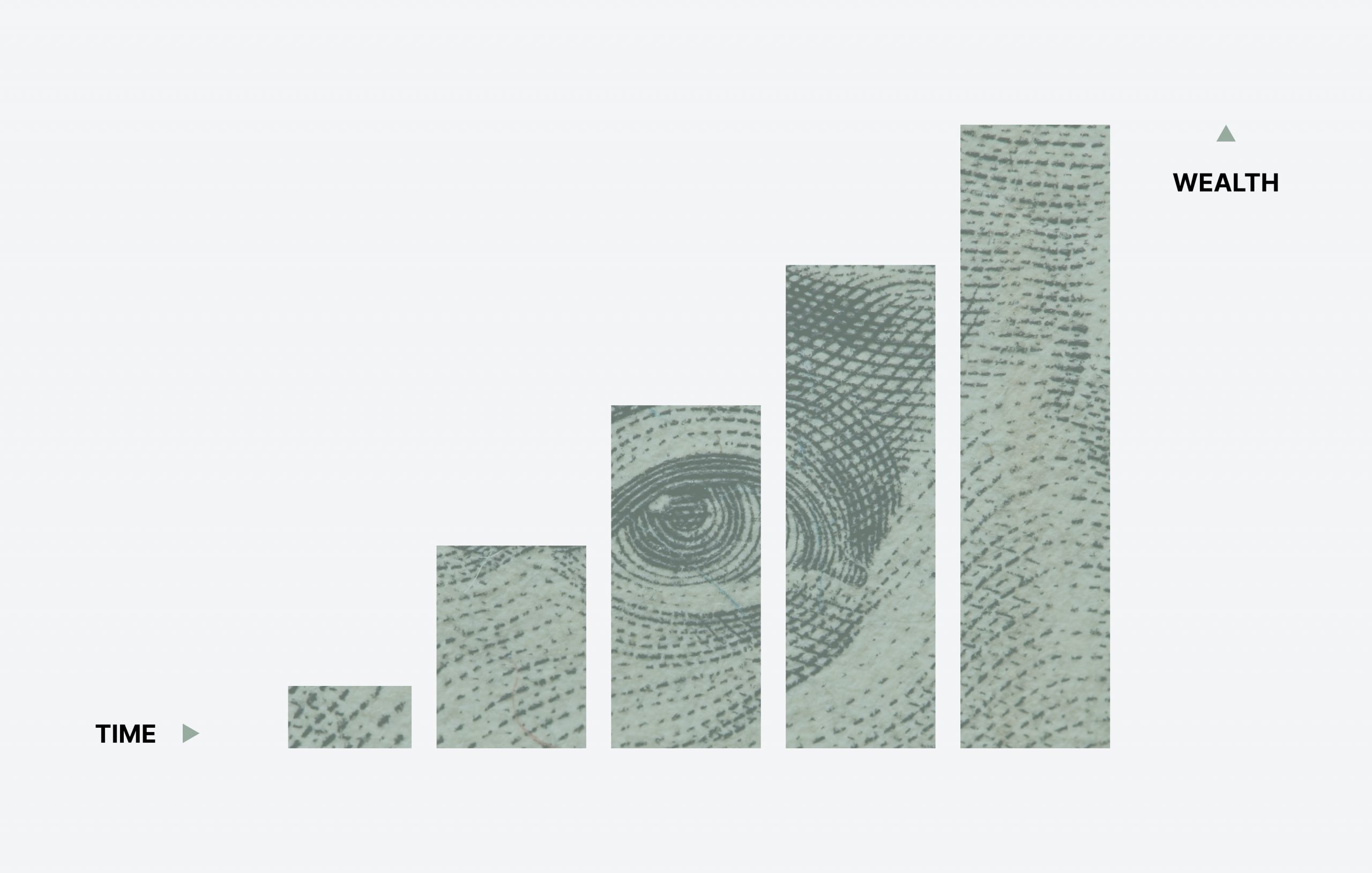TSP Participants Want Changes in the Program, but Majority Are Satisfied with the Savings Scheme. By: Ricardo Viader

The Federal Retirement Thrift Investment Board, in conjunction with Gallup, recently conducted a survey with 36,000 participants. The board aims to evaluate consumer satisfaction with the surveys, which help the agency make suitable changes to its plans and tools. 89% of participants said they liked the savings plan. This figure is slightly higher than the 87% of participants who said they liked the TSP in last year’s survey.
The increase in the satisfaction rate can be attributed to the service members participating in the Blended Retirement System (BRS). Last year, the satisfaction rate amongst service members had been 77%. That figure rose to 88% in this year’s survey. In addition, 33% of service members who liked the BRS said they were “extremely satisfied” with the system. In last year’s survey, only 22% of service members had chosen this option.
The FRTIB said its biennial and triennial surveys will now be conducted annually.
In January 2021, the Employee Benefit Research Institute (EBRI) had also conducted a survey that revealed that 84% of workers said they liked the TSP. That survey and the more recent one shows that the retirement saving scheme continues to outshine similar plans of the private sector.
Another notable thing about the survey is that TSP participants who save less money show lower satisfaction with the program, unlike those who save more. 50% of the participants said they contribute over 5% to the TSP. 94% of these participants said they were satisfied with the system. On the other hand, 29% of the participants said their contribution to the plan was 5%. 90% of these participants said they were satisfied with the system. Of the last group, participants who contribute less than 5%, only 86% said they were satisfied.
For members of the last group, 43% said they didn’t have enough money to contribute above 5%, 31% said they didn’t increase their savings amounts, and 26% said they didn’t see the need to change their savings amounts. The TSP noted that fewer people cited affordability as a reason for low contribution in 2021 — the percentage had been 53% in 2017 and 47% in 2020.
Participants Requested More Changes to the Plan
In a 2017 survey, the FRTIB found that 62% of participants wanted more flexible withdrawal options. The agency had made a few changes in 2019. Many participants said they liked the changes, but others had clamored for even more flexible options.
In this year’s survey, 67% of the participants said they were satisfied with the withdrawal options. The percentage is an improvement on the rate of previous years, but withdrawal options remain the weakest point of the TSP. According to the survey, participants preferred recurring payments, partial payments, and life expectancy installments over other TSP withdrawal options.
The FRTIB also conducted another survey to discover factors that participants consider when buying an annuity or making a withdrawal. The board has not released the survey results but promised to do so in a few months.
About 40% of the respondents also plan to take money out of the TSP after retirement. These workers said they would get more and better investment choices outside the TSP. They also hope to get higher returns on their investments and strengthen other investments with the funds from the TSP. About 58% of BRS participants, more compared to other participants, said they would transfer funds from their TSP accounts.
90% of the respondents want to be able to choose the investment funds they use for withdrawals. The board stated that it would consider adding this option when it completes its modernization projects. The projects will allow the agency to enhance its customer services and internal IT mechanisms and offer participants new tools, such as a mobile app.
Respondents’ Reactions to TSP Fees
The vast majority of participants, some 60%, said they knew about the TSP’s fees or had an opinion of them.
Not many respondents were satisfied with TSP fees. 46% of the respondents want to take money out of the TSP in search of better fees. About 60% of the respondents said they didn’t have much knowledge about the TSP fees. The other 40% who claimed they knew actually believed that the scheme has some of the lowest fees compared to similar plans. Three quarters said the TSP fees are low, 22% said the fees are similar to other defined savings plans, and 4% said the TSP fees are high.
The board said the agency’s expense ratio is between 0.49% to 0.6%. Steve Huber, the board’s enterprise portfolio management chief, said a majority of similarly defined contribution plans have an expense ratio of less than 2.5%. Huber explained that the board was surprised that most of the respondents didn’t know about the TSP fees and that those that knew felt the fees were higher or at the same level with similar plans. The board said it would seek ways to educate participants about the TSP’s lower fees.






